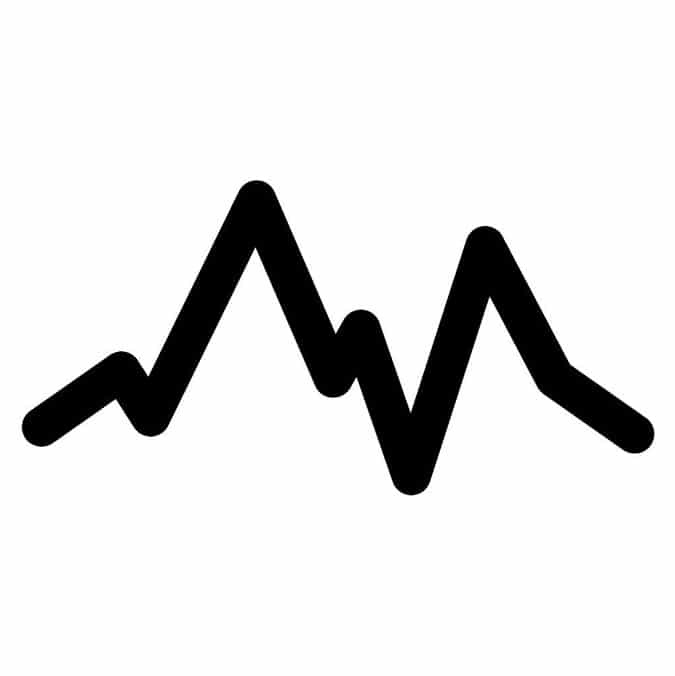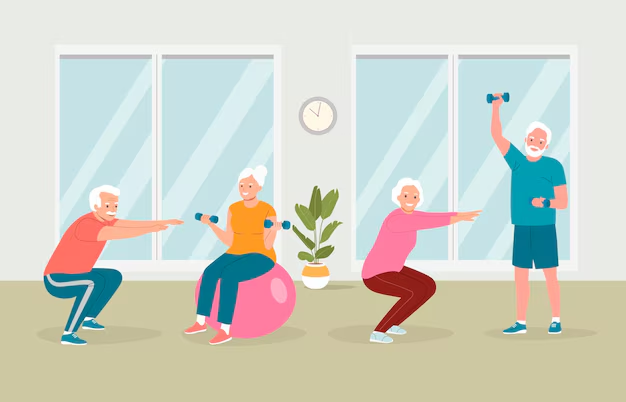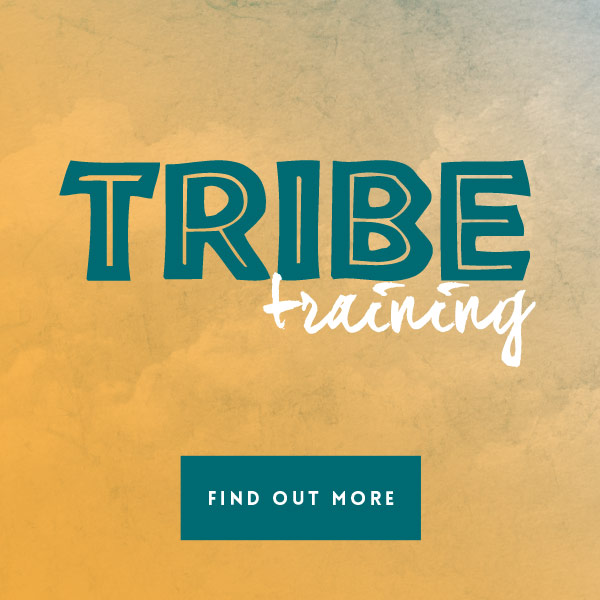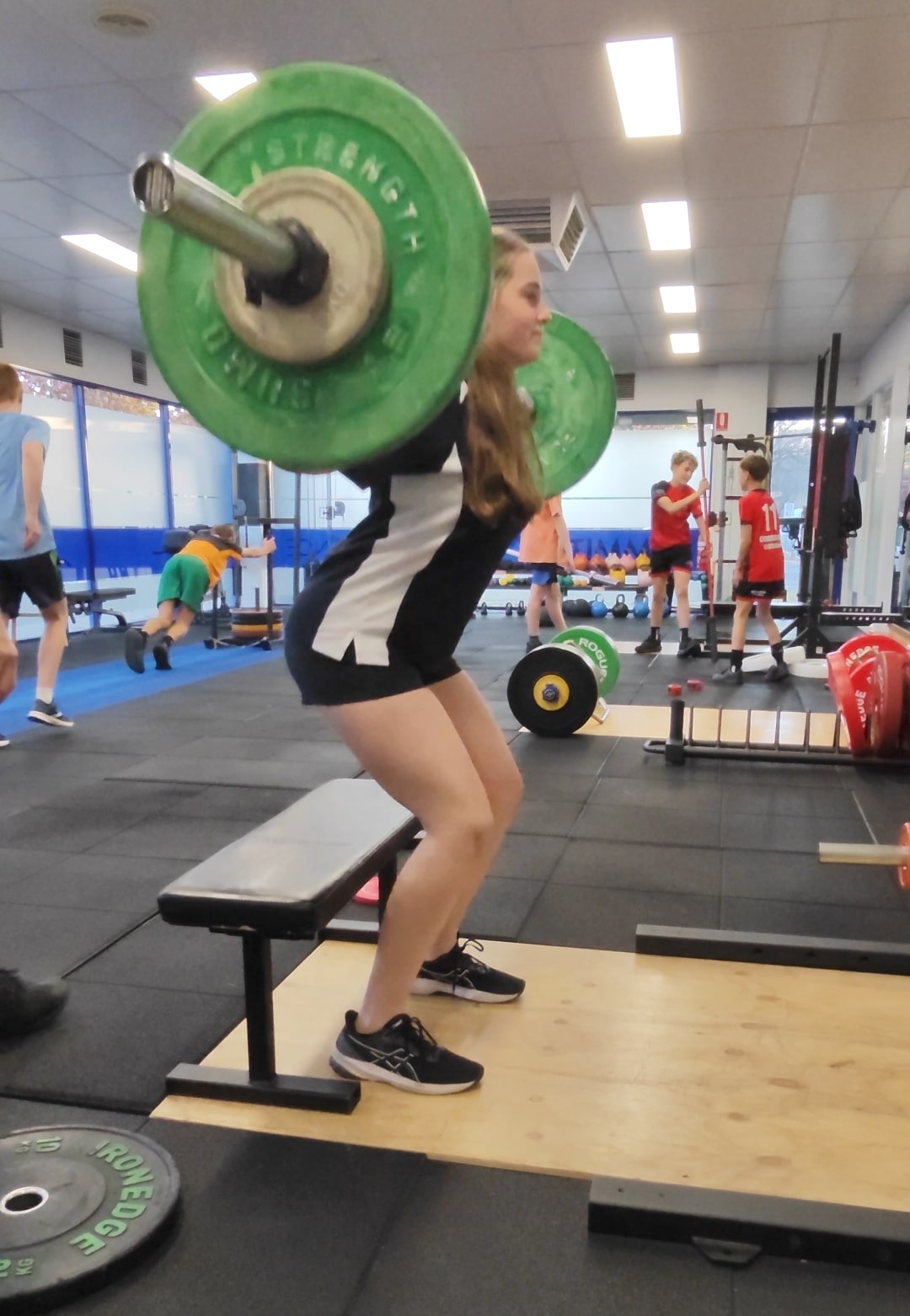When we reduce tightness and weakness in postural and phasic muscles our muscular imbalances are reduced. This leads to good joint health and ease of strong functional everyday movements!
The better you understand the following syndromes the more effective the corrective exercises become:
Lower crossed syndrome:
In lower crossed syndrome tightness in the mid and lower back (thoracolumbar) extensor muscles crosses with tightness of the inner hip muscles (iliopsoas) and front compartment of the thigh (rectus femoris). While at the front, weakness of deep abdominal muscles crosses with weakness of the buttocks (gluteus maximus and medius).
This crossing creates joint dysfunction @ Lumbar 4/5, L5/S1, sacroiliac joint and the hip joint.
The joint dysfunction leads to postural changes such as: anterior pelvic tilt, increased lumbar lordosis, lateral lumbar shift, lateral leg rotation and knee hyperextension (Janda 1987).
Corrective exercise – Glute bridge:
Lying face up on ground with arms to side, knees bent, and heels on ground
Lift hips off the ground until knees, hips, and shoulders are in a straight line
Hold 2 -3 seconds, return to start position and repeat 2 sets of 10.
Keep lower back in neutral position.
Upper crossed syndrome:
In upper crossed syndrome, tightness of the upper back and neck (upper trapezius and levator scapula) crosses with tightness of the chest (pectoralis major and minor). While, weakness of the deep neck (cervical) flexors crosses with weakness of the mid back (middle and lower trapezius).
Again this crossing creates joint dysfunction, particularly at the top of the spine and base of skull (atlanto-occipital joint), C4-C5 segment, neck and mid back (cervicothoracic) joint, shoulder (glenohumeral) joint, and T4-T5 segment.
Postural changes include forward head posture, increased cervical lordosis and thoracic kyphosis, elevated and protracted shoulders, and rotation or abduction and winging of the shoulder blade (Janda 1988).
Corrective exercise – Swiss ball (fitball) Y-raise:
Lying facedown on ball with your arms raised slightly above shoulder height, create a Y, with your torso and thumbs up
Glide your shoulder blades toward your spine and lift your arms off the ball
Return to the starting position and repeat 2 sets of 15.
Keep abdominals tight and thumbs up. Move from shoulder blades (not arms) extending your shoulders and hands.
Want to be free from lower back dysfunction and poor posture so you can actually achieve your health and fitness goals? Then access a complete program. Contact us: claire@summitpt.com.au




